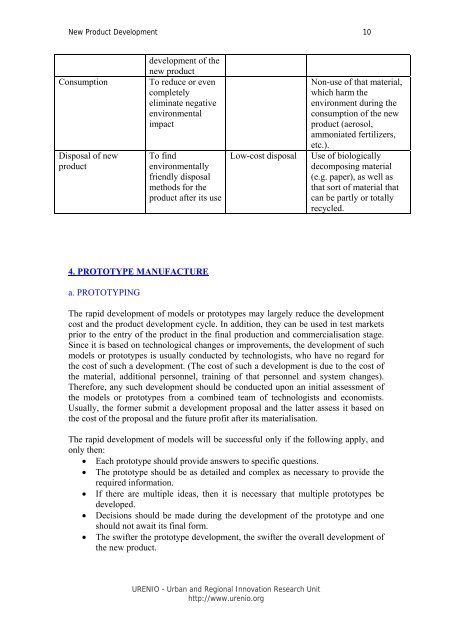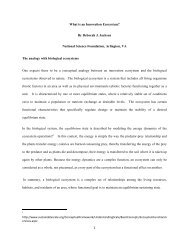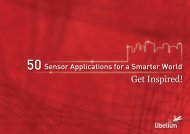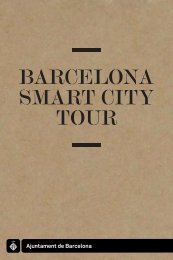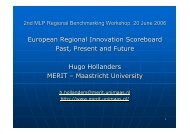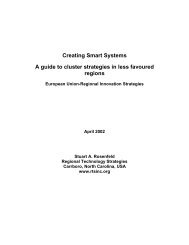NEW PRODUCT DEVELOPMENT - Urenio
NEW PRODUCT DEVELOPMENT - Urenio
NEW PRODUCT DEVELOPMENT - Urenio
Create successful ePaper yourself
Turn your PDF publications into a flip-book with our unique Google optimized e-Paper software.
New Product Development 10<br />
Consumption<br />
Disposal of new<br />
product<br />
development of the<br />
new product<br />
To reduce or even<br />
completely<br />
eliminate negative<br />
environmental<br />
impact<br />
To find<br />
environmentally<br />
friendly disposal<br />
methods for the<br />
product after its use<br />
Low-cost disposal<br />
Non-use of that material,<br />
which harm the<br />
environment during the<br />
consumption of the new<br />
product (aerosol,<br />
ammoniated fertilizers,<br />
etc.).<br />
Use of biologically<br />
decomposing material<br />
(e.g. paper), as well as<br />
that sort of material that<br />
can be partly or totally<br />
recycled.<br />
4. PROTOTYPE MANUFACTURE<br />
a. PROTOTYPING<br />
The rapid development of models or prototypes may largely reduce the development<br />
cost and the product development cycle. In addition, they can be used in test markets<br />
prior to the entry of the product in the final production and commercialisation stage.<br />
Since it is based on technological changes or improvements, the development of such<br />
models or prototypes is usually conducted by technologists, who have no regard for<br />
the cost of such a development. (The cost of such a development is due to the cost of<br />
the material, additional personnel, training of that personnel and system changes).<br />
Therefore, any such development should be conducted upon an initial assessment of<br />
the models or prototypes from a combined team of technologists and economists.<br />
Usually, the former submit a development proposal and the latter assess it based on<br />
the cost of the proposal and the future profit after its materialisation.<br />
The rapid development of models will be successful only if the following apply, and<br />
only then:<br />
• Each prototype should provide answers to specific questions.<br />
• The prototype should be as detailed and complex as necessary to provide the<br />
required information.<br />
• If there are multiple ideas, then it is necessary that multiple prototypes be<br />
developed.<br />
• Decisions should be made during the development of the prototype and one<br />
should not await its final form.<br />
• The swifter the prototype development, the swifter the overall development of<br />
the new product.<br />
URENIO - Urban and Regional Innovation Research Unit<br />
http://www.urenio.org


